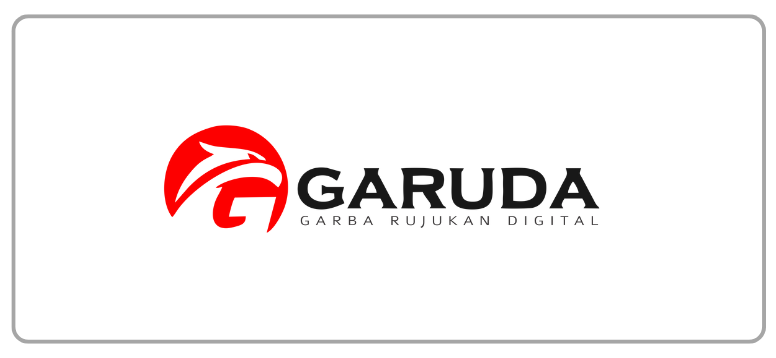How Can Every Organization Manage the Operational Risk?
DOI:
https://doi.org/10.21512/tw.v3i1.3836Keywords:
organizational, operational riskAbstract
This article describe how every organization (generally) and Australian Organizations (specifically) can manage the operational risks. Recently, the operational risks are the significant issues in every organization because every organization will suffer from poor operational performance due to risks, failure, and problems such as a number of losses which are likely to be made worse. Basically, the operational risk management process has five steps, identification, analysis, treatment, controlling, and communication/consulting. Generally, many organizations (in particularly in Australia and New Zealand) have already used AS/NZS 4360-Risk Management System, AS/NZS 4801-Occupational Health and Safety Management System, ISO 14001: Effective Environmental Management System, ISO 9001: Quality Management System, AS/NZS 7799: Information Security Management, AS/NZS 3806: Compliance Management System for reducing/mitigating/managing the operational risks. Based on the SAI Certification Register, the number of Australian Organizations got the AS/NZS ISO 9000 series, AS/NZS 14000 series, AS/NZS 4801 and AS/NZS 7799.2:2000 Certifications are 3338, 30, 20 and 5 respectively. It can conclude that Australian Organizations prefer used AS/NZS ISO 9000 series rather than AS/NZS ISO 14000 series, AS/NZS 4801 and AS/NZS 7799.2:2000.
References
Acotrel Risk Management Pty Ltd. 2000. Management System.
Anonim. 2000. A Guide to the Project Management Body of Knowledge. Project Management Institute, ed. P. Chapter 11. USA: Standards Committee.
Canadian Standards Association. 1997. Risk Management: Guideline for Decision Makers. CAN/CSA Q850-97.
Chapman, C.B. and D.F. Cooper. 1983. “Risk Analysis: Testing Some Prejudices.†European Journal of Operational Research.
___________. and S. Ward. Project Risk Management: Processes, Techniques, and Insights. 1997. Chichester, New York: Wiley.
Eloff, J.H.P., L.Labuschagne, and K.P. Badenhorst. 1993. A Comparative Framework for Risk Analysis Methods. Computers & Security.
Epich, R. and J. Persson. 1994. “A fire Drill for Business.†Information Strategy: The Executive's Journal.
Lam, J. and B. Kawamoto.1997. Emergence of the chief risk officer. Risk Management.
Lightle, S. and H. Sprohge. 1992. Strategic Information System Risk. Internal Auditing.
Loch, K.D., H.H. Carr, and M.E Warkentin. 1992. Threats to Information Systems: Today's Reality, Yesterday's Understanding. MIS Quarterly.
Lowrance W. W. Acceptable Risk. 1976. Los Altos, CA: William Kaufmann, Inc.
PMI Project Management Standards Program. 2000. A guide to the Project Management Body of Knowledge. Newtown Square, PA, USA: Project Management Institute.
Rainer, R.K., C.A. Snyder, and H.H Carr. 1991. “Risk Analysis for Information Technology.†Journal of Management Information Systems.
Standards Australia International and Standards New Zealand. Risk Management. AS/NZS 4360:1999.
________________________________. Quality Management Systems-Requirements. AS/NZS ISO 9001:2000.
________________________________. 1998. Compliance Programs. AS/NZS 3806.
________________________________. Environmental Management Systems-Specification with Guidance for Use. AS/NZS ISO 14001:1996.
________________________________. Occupational Health and Safety Management Systems-Specification with guidance for use. AS/NZS 4801:2001.
_____________________________. Risk Analysis of Technological Systems-Application Guide. AS/NZS 3931:1998.
SAI Global Certification Register. 2003. Search For Certification Register. May 2003.
SAI Global Assurance Services. 2001. Manage Your Risks, Assets, and Reputation-Occupational Health and Safety Management.
Tummala, V.M.R. and Y.H Leung. 1999. Applying a Risk Management Process (RMP) to Manage Cost Risk for an EHV Transmission Line Project. International Journal of Project Management.
US Department of Transportation. 1999. Operational Risk Management. COMDTINST 3500. Washington DC.
Vitale, M.R. 1986. MIS Quarterly.
Downloads
Published
How to Cite
Issue
Section
License
Authors who publish with this journal agree to the following terms:
a. Authors retain copyright and grant the journal right of first publication with the work simultaneously licensed under a Creative Commons Attribution License - Share Alike that allows others to share the work with an acknowledgment of the work's authorship and initial publication in this journal.
b. Authors are able to enter into separate, additional contractual arrangements for the non-exclusive distribution of the journal's published version of the work (e.g., post it to an institutional repository or publish it in a book), with an acknowledgment of its initial publication in this journal.
c. Authors are permitted and encouraged to post their work online (e.g., in institutional repositories or on their website) prior to and during the submission process, as it can lead to productive exchanges, as well as earlier and greater citation of published work.
USER RIGHTS
All articles published Open Access will be immediately and permanently free for everyone to read and download. We are continuously working with our author communities to select the best choice of license options, currently being defined for this journal as follows: Creative Commons Attribution-Share Alike (CC BY-SA)
















